Exploring Community-Based Conservation Efforts of Black Howler Monkeys
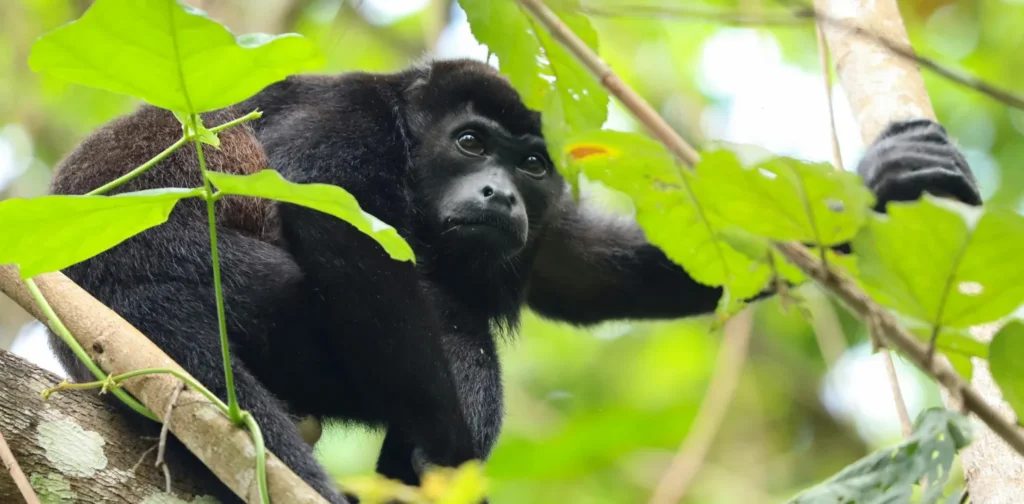
Photo by Lyn Ryan on Pexels
Animals, plants, and other species living on Earth have their own roles in the ecosystems they live in. Unfortunately, biodiversity loss is now a global crisis affecting many species in ecosystems around the world, including the black howler monkeys in forests. The good news is that continuous and community-based conservation efforts have been contributing to the steady increase in their population. Despite this positive trend, however, ongoing and sustainable conservation efforts of black howlers monkeys are still necessary.
Black Howler Monkeys for Forest Growth Cycle
The black howler monkey is native to Central and South America. Black howler monkeys, like many primates, play a key role in seed dispersion that is critical for forest growth. After eating fruits, they excrete seeds that settle on the forest floor and eventually grow into new plants. Therefore, this species has been among the enablers of forest growth cycles for hundreds of years.
However, habitat loss, poaching, and the climate crisis pose significant challenges to their survival. Habitat loss, in particular, is the primary reason for their status as a near threatened species, with their population hitting a low level a few decades ago. Deforestation, land use change, and climate change-related disasters affect not only black howler monkeys but also other local wildlife.
Community Baboon Sanctuary
In Belize, people and black howler monkeys, known locally as the Baboon, have co-existed for generations and created a strong cultural bond. There, a conservation effort has been underway for decades, yielding positive results for the black howler monkey.
The initiative, known as the Community Baboon Sanctuary (CBS), is located on the coast of Belize and covers over 3,300 hectares of land along the Belize River. It encompasses 7 villages and 120 landowners.
In essence, the project promotes community land utilization and encourages a sense of stewardship from the local community. After CBS’s creation in 1985, landowners from several villages have voluntarily agreed to follow a land management plan designed to help protect black howler monkeys in their area.
The initiative also sparked many other conservation efforts in the country. It bears fruit, shown by how the black howler monkey population in the area has grown steadily from 800 in 1985 to 3,500 in 2017. Moreover, this initiative has not only helped preserve local biodiversity but also boosted the local economy by promoting ecotourism, which, in turn, benefits the local communities and landowners.
Community-Based Conservation
Conservation efforts carried out using a top-down approach emphasizes government control and often overlooks local socio-economic and ecological contexts. A community-based approach, like the one used at the Community Baboon Sanctuary, is a model of good practice that addresses socio-economic and environmental challenges through local-based solutions.
Therefore, it is important to encourage and support the creation of similar community-based solutions worldwide, tailored to fit different local contexts. This approach allows conservation efforts to align with local economic development and fosters a balanced relationship between people and nature, ensuring a healthy human-nature relationship that benefits all.
Editor: Nazalea Kusuma
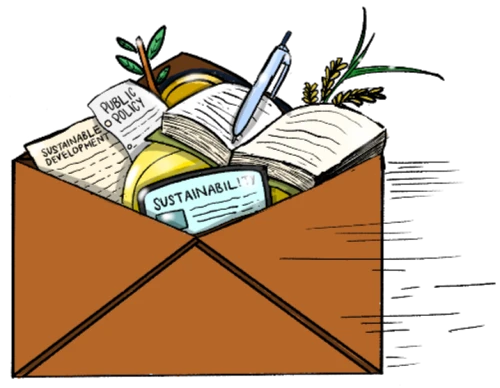
Thank you for reading!
Subscribe to Green Network Asia for unlimited access to all news and stories purposefully designed to showcase cross-sectoral insights on sustainable development and sustainability across the Asia Pacific and beyond. Your subscription will benefit you personally and professionally with public policy & regulatory updates, easy summaries of research findings & reports, and impact stories from governments, businesses, and civil society.
Dinda Rahmania
Dinda is a Reporter at Green Network Asia. She is currently studying undergraduate program of International Relations at President University.


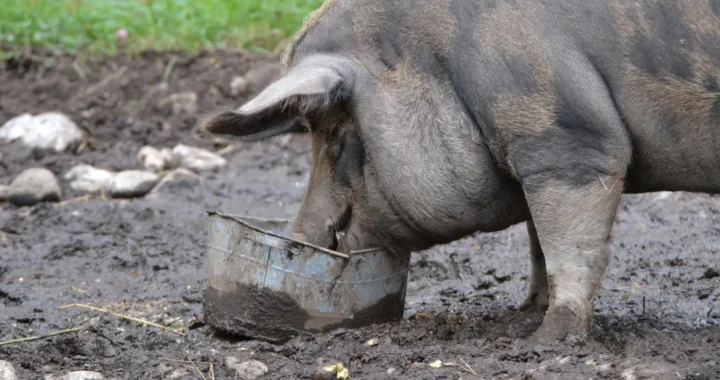 Feeding Food Waste to Pigs as a Sustainable Solution
Feeding Food Waste to Pigs as a Sustainable Solution 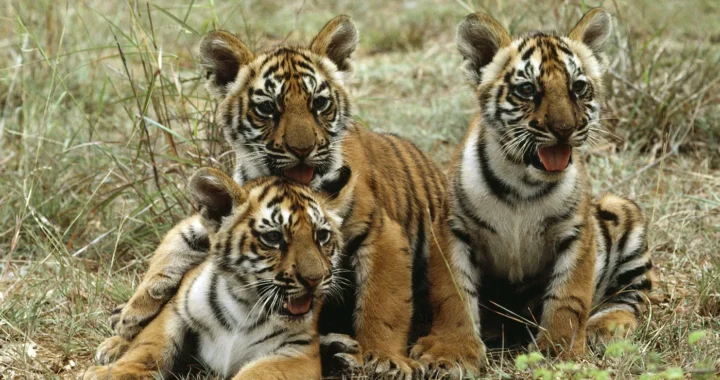 Learning from India’s Dual Reality of Tiger Conservation
Learning from India’s Dual Reality of Tiger Conservation  Exploring the Intersection Between Education and Nutrition
Exploring the Intersection Between Education and Nutrition  Innovation to Detect and Measure Nanoplastics in the Human Body
Innovation to Detect and Measure Nanoplastics in the Human Body 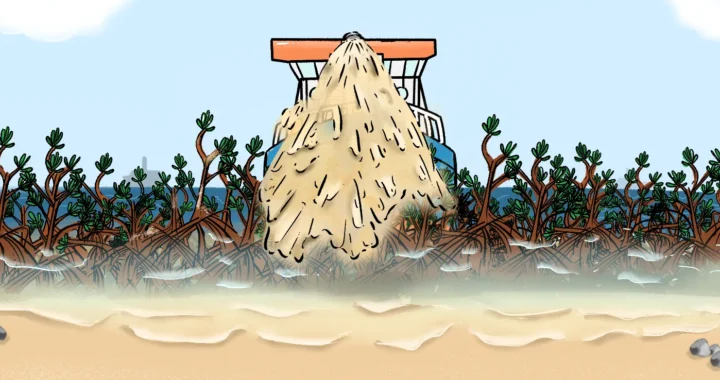 The Resilience of Small Islands: Protecting the Natural Capital of Pari Island, Indonesia
The Resilience of Small Islands: Protecting the Natural Capital of Pari Island, Indonesia  Establishing High Seas Conservation with the BBNJ Agreement
Establishing High Seas Conservation with the BBNJ Agreement